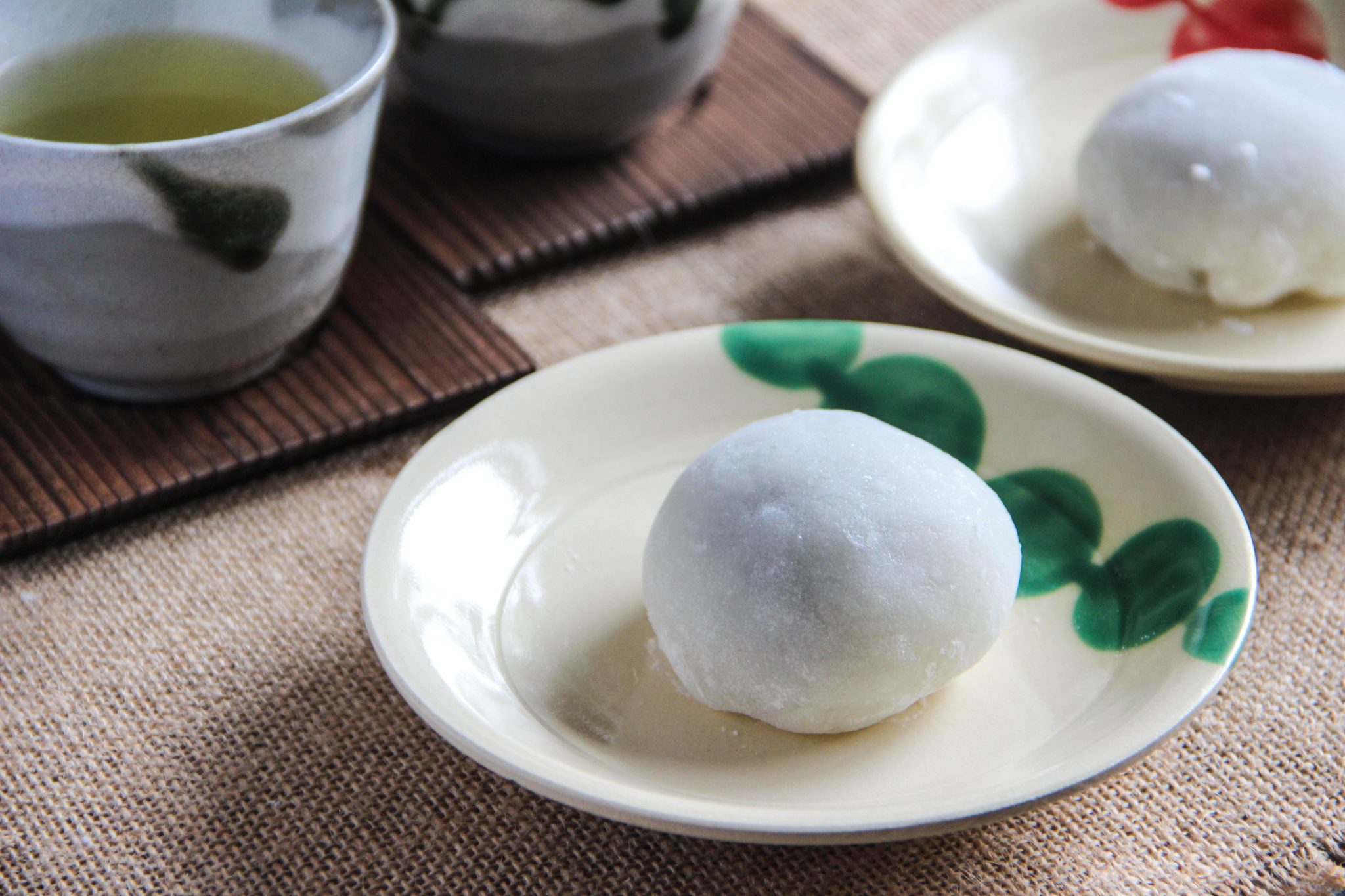
Chop the candied yuzu rind into small pieces.The only hard part about making them is actually finding yourself candied yuzu rind-the fragrant, orange-like fruit is nearly unknown in the English-speaking world. The result is a playful combination of citrus flavor and chewy texture. Turn the mochi on your palm a few times to reshape, apply the starch on the bottom to finish up the mochi-making process.This simple confection adds zesty candied yuzu rind to lightly sweetened, soft mochi squares. Once you close the seam, you can flip the mochi and put the seam line on the palm. Rotate the mochi to shape and close the mochi Otherwise, your fingers will be a sticky mess! 5. You can either remove the starch with a pastry brush or pull the dough so the new sticky mochi surface will appear for you to pinch. When the sticky surface appears, make sure to pinch tightly with fingers coated with the starch. When the mochi dough is coated with starch, it can be hard to seal the seam. You want to make sure all areas are covered evenly in a thin layer of starch so it’s not a mouthful of white powder when you bite. For handling purposes, you’ll need to dry it completely (= rice cake) or coat the surface with potato starch or cornstarch. Coat the mochi dough evenly with potato/corn starch By forming the mochi dough into a round allows you to reshape a few times and even out the thickness. That’s because when we pull the dough and pinch to close the mochi, the layer concentrates at the bottom. Nevertheless, homemade mochi tends to have a thick layer on the bottom. Ideally, a balanced mochi will have a slightly thick center and a thinner outer layer. So make sure to chill the filling before you wrap so it’s not sticky or pliable. When the filling is still warm and soft, it can be bothersome to wrap the mochi layer around. (I’m asking one online shop to carry shiratamako and ship internationally for us… crossing fingers!)ĥ Useful Tips for Wrapping Mochi 1. Your local Japanese grocery store should carry shiratamako. The flour is so much more flexible to work with, and you’ll get a really smooth and bouncy texture for the dough. It’s also the most commonly used ingredient to make daifuku at home in Japan. While mochiko is cheaper and more widely accessible, I always prefer shiratamako when comes to making Japanese sweets like daifuku mochi. The former goes through special processing which yields a very fine and elastic texture. In case you’re wondering, shiratamako and mochiko are both glutinous rice flours, however, it is different in taste and texture. It’s easier and quicker, and the result is wonderful.
#Mochi recipe how to
In this recipe, I’ll show you how to make the dough using the second method with shiratamako.

However, I don’t have them so I figured out How to Make Mochi with Stand Mixer. Traditionally, we use this wooden mill ( usu 臼) and pestle ( kine 杵), or a mochi making machine. Steam glutinous rice (sweet rice) and pound it to make mochi dough.We have 2 ways to make mochi dough for daifuku at home.

Today I’m going to share Green Tea Mochi (抹茶大福) in two ways – 1) White Mochi with Green Tea Filling and 2) Green Mochi with White Bean Filling. In Japan, we have different styles of mochi and this particular kind is called Daifuku Mochi (大福餅). Come in a small squashy round cake shape, each bite of the mochi can feel like an indulgently sweet affair. Many of you told me that you relish the soft and chewy texture of mochi.


 0 kommentar(er)
0 kommentar(er)
